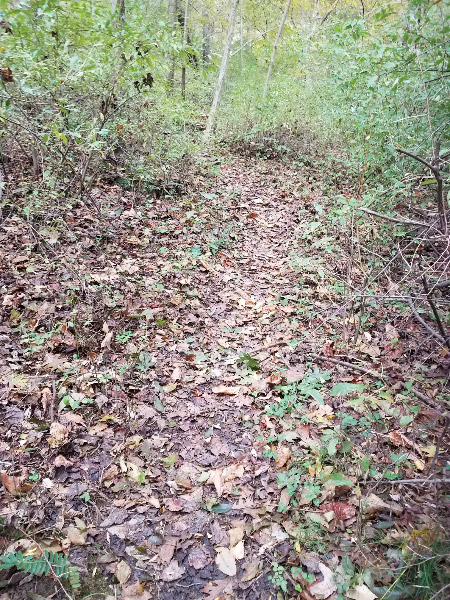Gleanings of the Week Ending April 27, 2024
/The items below were ‘the cream’ of the articles and websites I found this past week. Click on the light green text to look at the article.
Meet the World’s Largest Freshwater Crayfish – The Tasmanian giant crayfish. Their numbers are declining due to fishing and disturbance.
FDA urges Congress to pass bill mandating food manufacturers test for lead – I am surprised Congress did not pass this already. According to the U.S. Disease Control and Prevention, there have been at least 519 confirmed, probable and suspect cases of lead and chromium poisoning traced to imported applesauce pouches produced by brands WanaBana, Schnucks and Weis. Lead exposure in children is associated with learning and behavior problems, as well as hearing and speech issues and slowed growth and development.
Retention ponds can deliver a substantial reduction in tire particle pollution - The presence of wetlands and retention ponds alongside major highways led to an average reduction of almost 75% in the mass of tire wear particles being discharged to aquatic waters. Tire wear particles significantly outweighed other forms of microplastics, such as plastic fibers and fragments.
Climate change is fueling the US insurance problem – I’ve seen more articles about this recently….there is no good news re insurance…nothing that can overcome what climate change is doing. One state-level action that could help mitigate the impacts of climate change is the implementation of flood disclosures. Organizations like the Natural Resources Defense Council have urged states to require flood disclosure polices during property sales to help buyers decide whether buying is worth the risk. Research has shown disclosure can devalue flood-prone properties and discourage development in risky areas. Even though the number of states requiring flood disclosure policies is slowly increasing, Florida remains noticeably absent, and one-third of states still have no requirement that sellers must disclose a property's flood risk to potential buyers.
Does the time of day you move your body make a difference to your health? – Maybe – for people living with obesity.
How the iron lung paved the way for the modern-day intensive care unit – The iron lung was first used to save the life of a child in 1928. It swiftly became a fixture in polio wards during the polio outbreaks of the subsequent decades, particularly from 1948 until the vaccine was developed in 1955. And its creation paved the way for many subsequent medical innovations. Some patients spent just a short time in the iron lung, perhaps weeks or months until they were able to regain chest strength and breath independently again. But for patients whose chest muscles were permanently paralyzed, the iron lung remained the key to survival.
Food security in developed countries shows resilience to climate change - Data on American wheat production, inventories, crop area, prices and wider market conditions from 1950 to 2018, together with records of annual fluctuations in the weather for the same period reveals strong evidence of an increase in weather and harvest variability from 1974 onwards. However, Wheat prices remain relatively stable, along with the price of associated goods mainly due to farmers and agricultural industries providing a buffer, smoothing out any bumps in the supply of grain to retailers and consumers.
Where the Xerces Blue Butterfly Was Lost, Its Closest Relative Is Now Filling In - Silvery Blues collected 100 miles south of San Francisco were released at a restored a swath of dunes in the Presidio, a former military base, trying to bring back native wildlife. They will pollinate native flowers and form a critical link in the food chain there.
Colorless, odorless gas likely linked to alarming rise in non-smoking lung cancer - 5-20% of newly diagnosed lung cancers occur in people who have never smoked, many of whom are in their 40s or 50s. Non-smoking lung cancer cases is likely linked to long-term, high exposures of radon gas. This colorless, odorless gas is emitted from the breakdown of radioactive material naturally occurring underground that then seeps through building foundations. The gas can linger and accumulate in people's homes and lungs silently unless they know to test for it. We had our Missouri house tested and radon remediation installed before we moved it!
Contents of Roman Lead Coffin Examined in England - The examination of the contents of a Roman lead coffin discovered in 2022 in the city of Leeds has identified the partial remains of a child (about 10 years old). The initial evaluation of the coffin’s poorly preserved contents found the remains of a woman between the ages of 25 and 35 at the time of her death some 1,600 years ago, a bracelet, a glass bead necklace, and a finger ring or an earring.



































